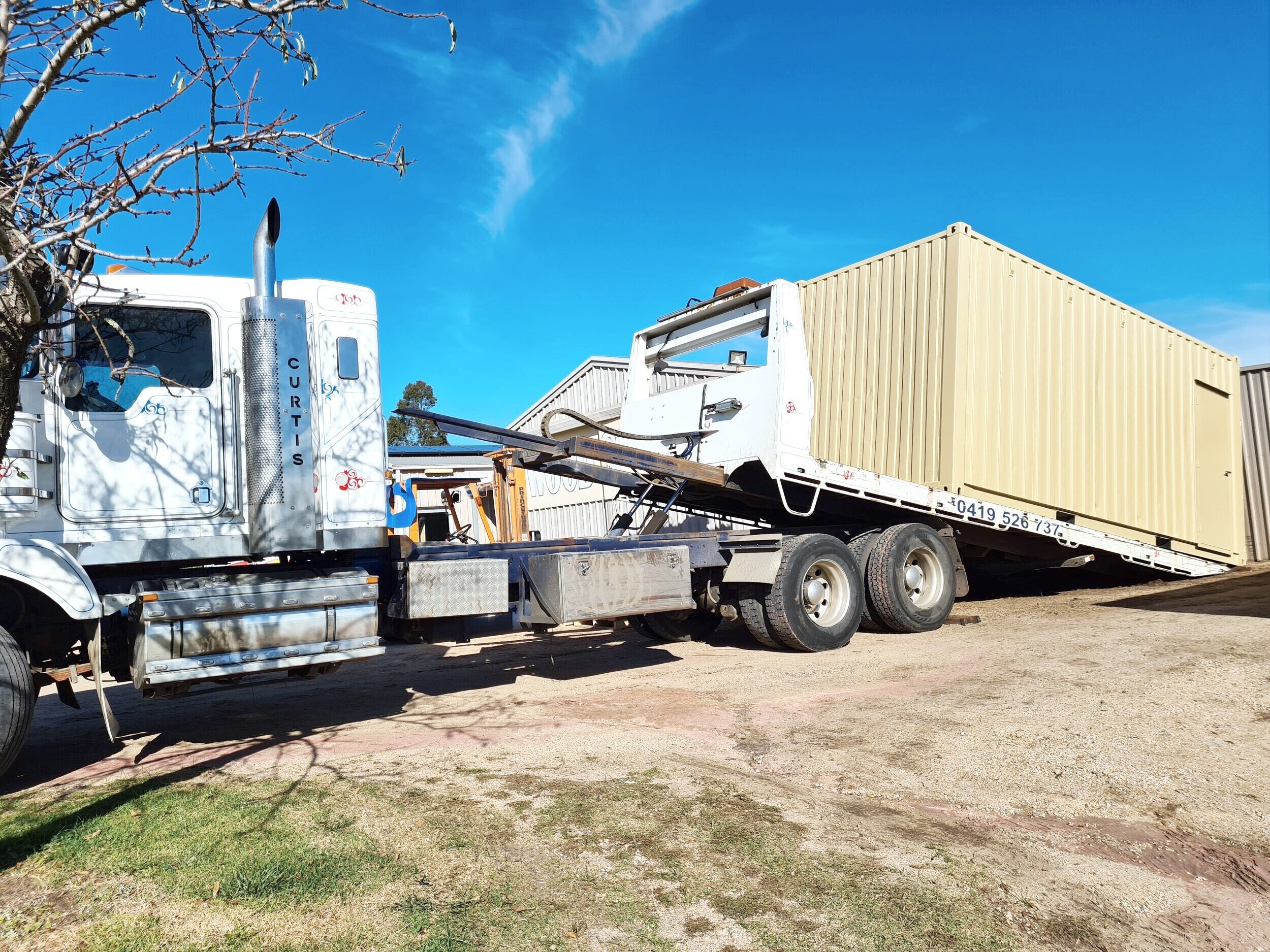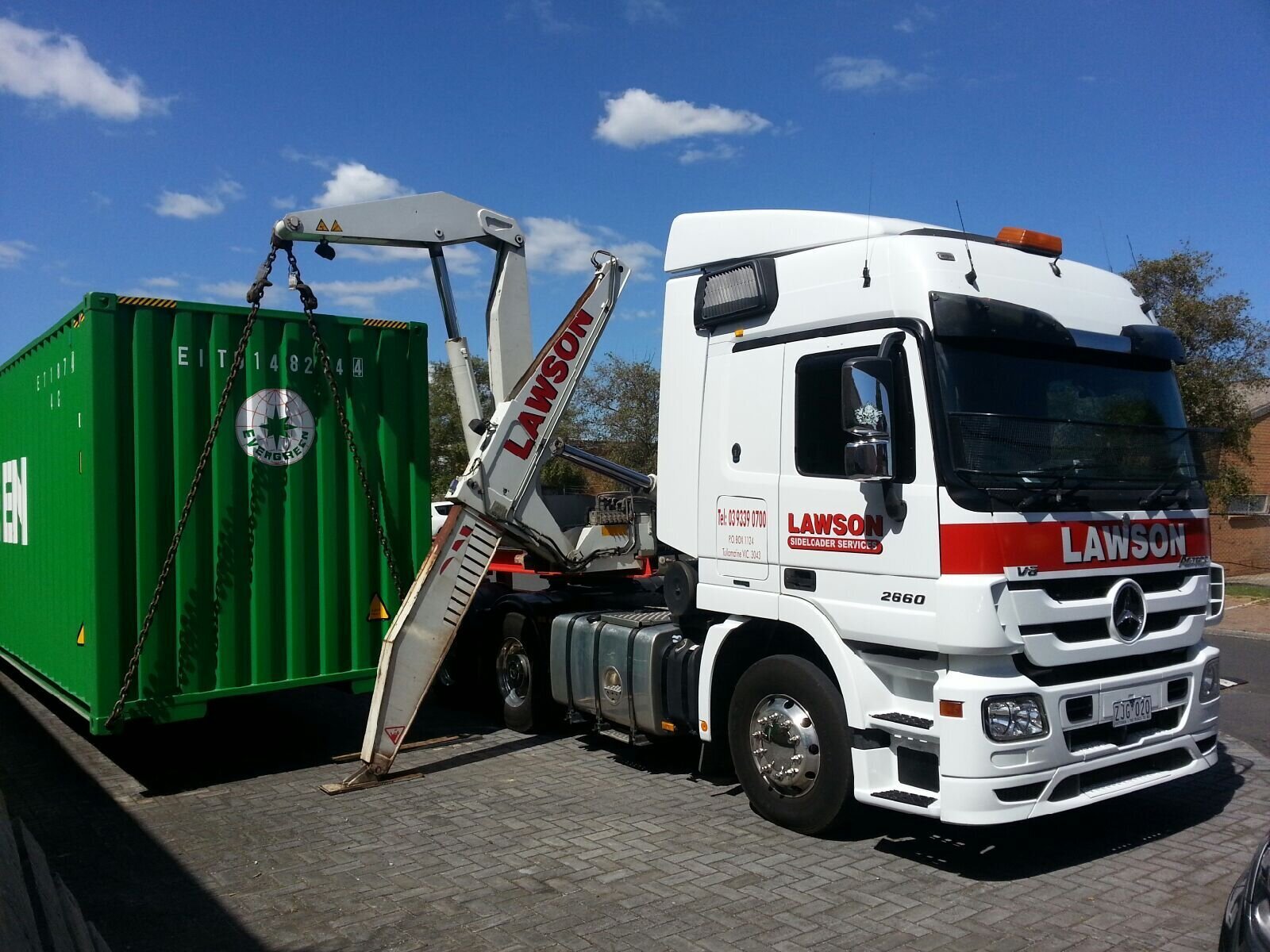Shipping Container Transport & Delivery Information
October 1, 2020
When placing your order we will discuss which type of truck will best suit your needs. Most commonly we use tilt trays for 20ft containers and side loaders for 40ft size.
Safety
Your safety and the driver’s safety is of paramount importance. Our drivers are experienced and will do everything possible to deliver your container where you would like, as long as it safe and without risk of injury or property damage. Be precise about the delivery address and inform us of any site access issues. Consider narrow driveways, gates, poles, power lines, trees and eaves. The driver needs to know of any soft or wet grounds, old drains or recently excavated/filled areas. Trucks with containers on them are very heavy and just because the top surface is dry, it doesn’t necessarily mean it’s the same underneath. If there is any doubt, the driver will not risk damage to his truck or your property so we suggest always having an alternate Plan B just in case. A truck needs clearance (height, length and width) to enter, turn and exit the site, so you must be sure there is enough room for the specific vehicle type. Always check if unsure.
Tilt Tray
The truck will reverse to the delivery point & the tray will tilt to the ground with the container sliding off the back. The truck needs a width of at least 3m, 4.2m metres in height and 12-14m in length.
Side Loader
A side loader will lift the container off the driver’s side and place it about 1 metre out from the truck’s trailer. The truck requires an opening of 3m and approx. 6.5m in height to accommodate the lifting arms. A 3-4m clearance is needed in front to drive away after unloading.
Hiab Crane Truck
A crane truck allows a container to be positioned with more accuracy.
The truck will need 3-4m clear space in front to manoeuvre.
Please note extra height requirements are needed if unloading inside a building.
Flat Bed
Cheaper mode of transport however because the tray does not tilt, a forklift is required at each leg of the journey to unload and load the container.
*Saves costs for multiple deliveries
Franna
Ideal for difficult placements, although will be more costly. This is because a dogman or spotter is required to communicate with the operator.
Site Preparation
Your shipping container must be placed on a firm level surface. If uneven it will impede on the opening and closing of the doors. The container can safely sit directly on the ground with only the four corners being in contact with the surface. Whilst generally no preparation is required, elevation is recommended to prolong the life of the timber floor by creating airflow underneath. We suggest you purchase either sleepers, bricks or concrete blocks and have them on hand ready at the time of delivery. The driver will position them before the container is lowered.
Door Direction
Once a container has been unloaded it cannot be easily repositioned. It is therefore really important that you advise us which way you want the doors to be facing on the truck – either facing the cabin or to the rear.
NB: Please note shipping containers cannot be placed on public roads, nature strips, Council or other public property without written consent from the relevant authority.
If you’re in the market for a used, refurbished or new shipping container, talk to us about your options today 9314 5589 or message us on Instagram, Facebook or Pinterest.





